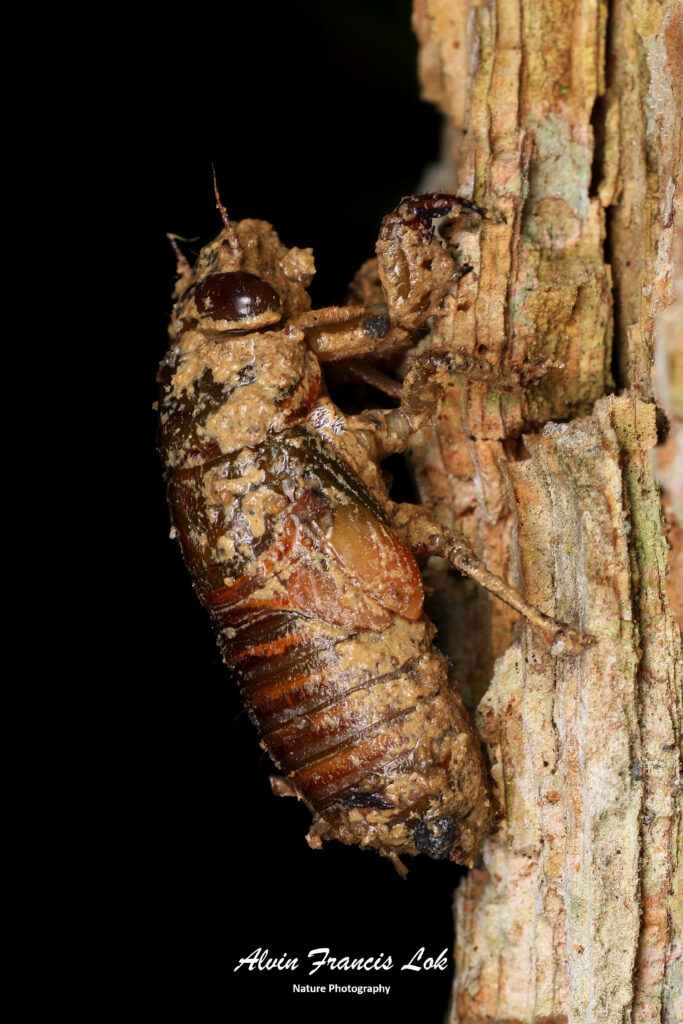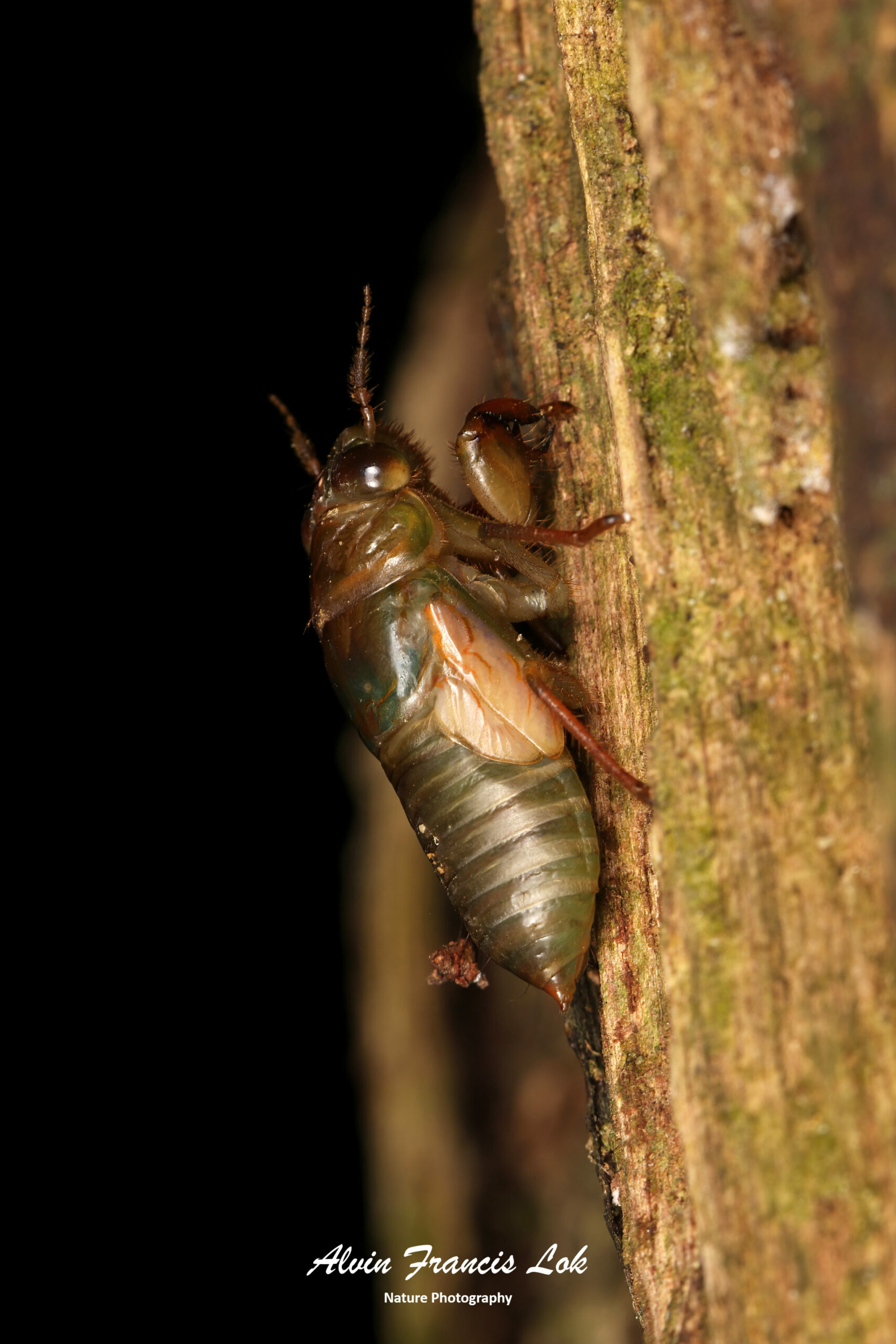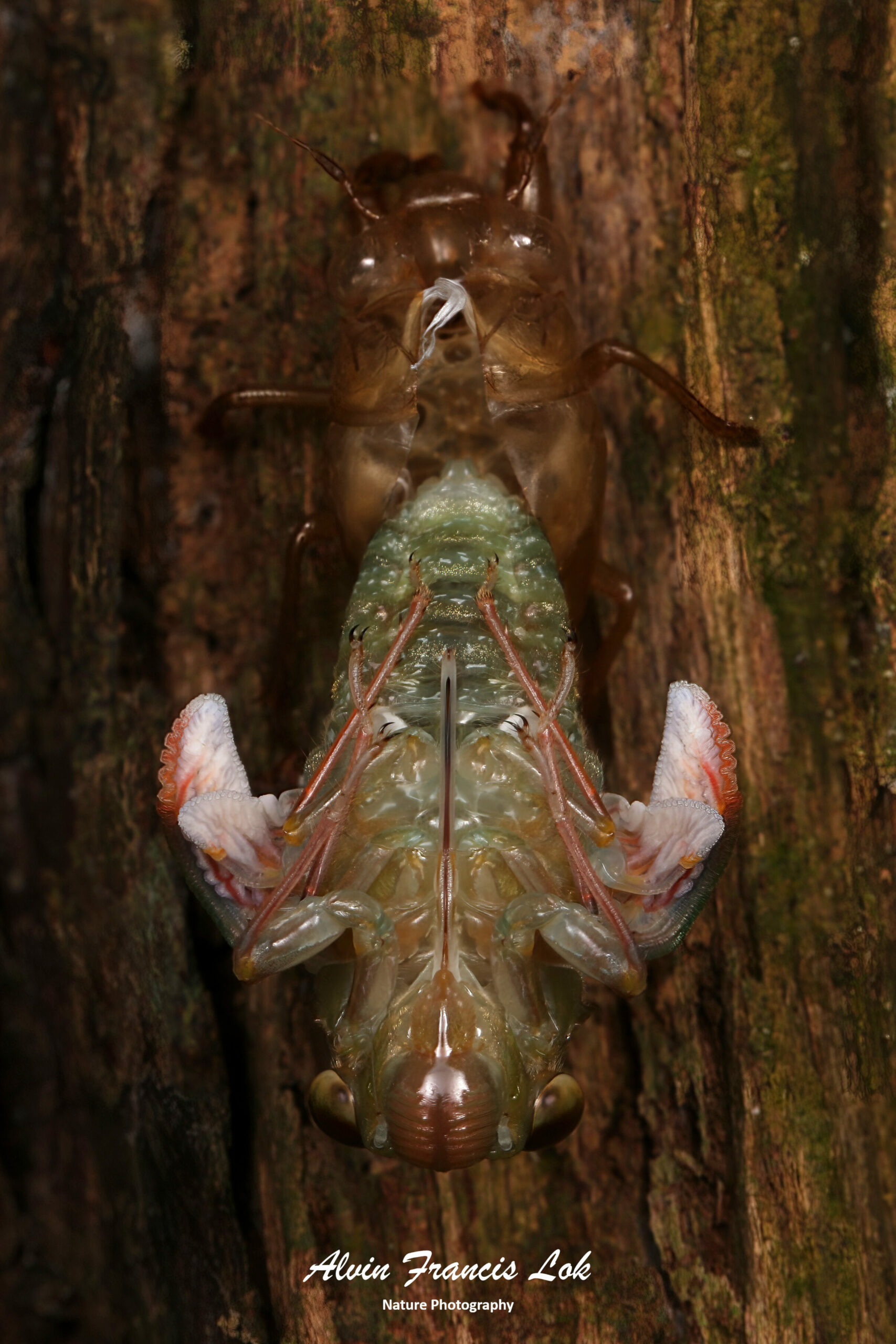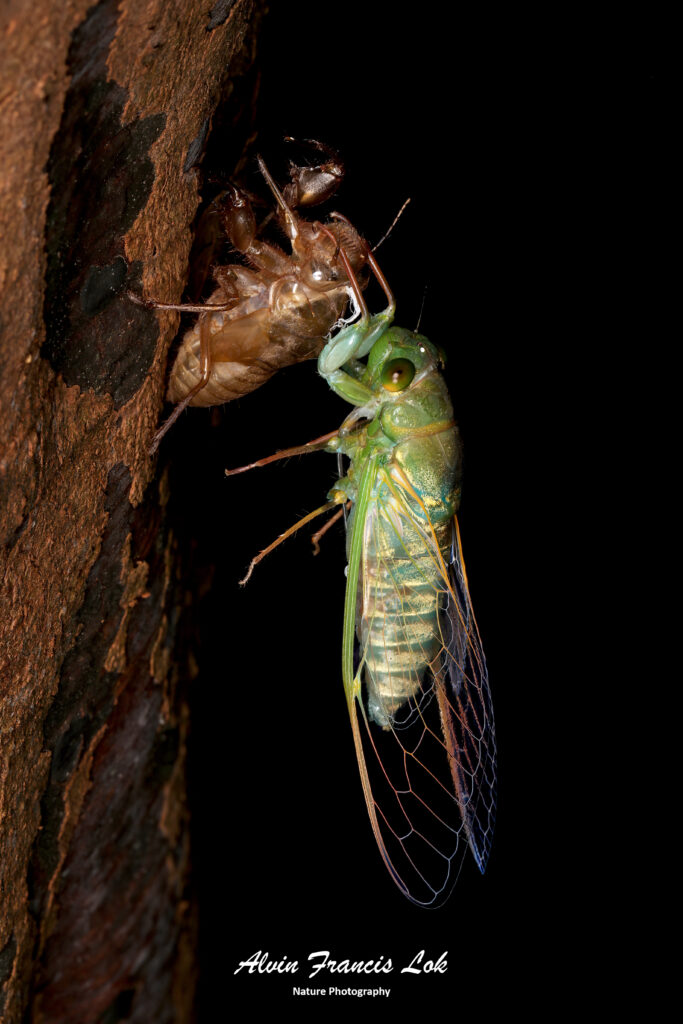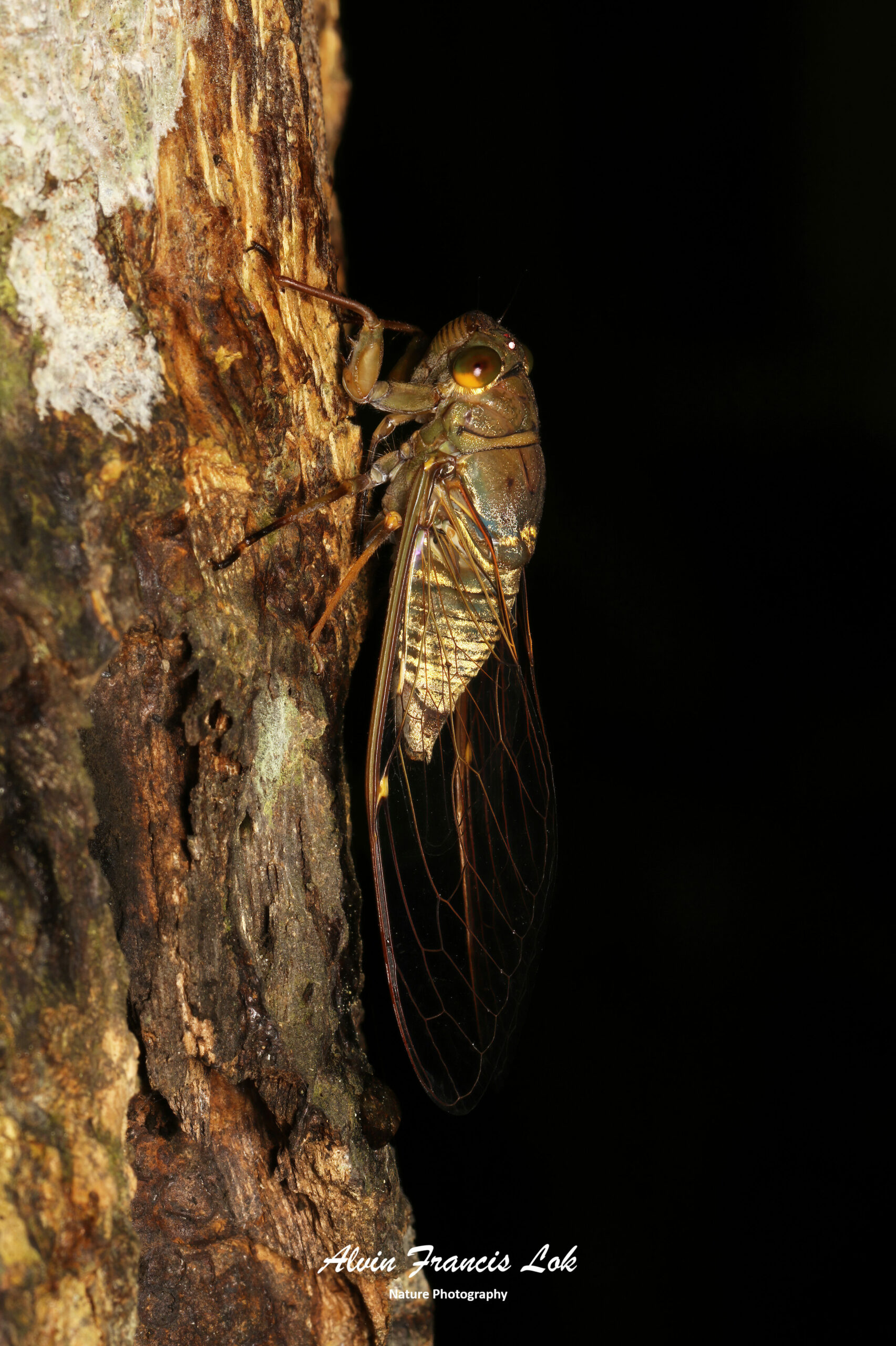Cicadidae, the true cicadas, is the largest family of cicadas, with more than 3,200 species worldwide.
Cicadas are generally separated into two categories based on their adult emergence pattern. Annual cicadas remain underground as nymphs for two or more years and the population is not locally synchronized in its development, so that some adults mature each year or in most years. Periodical cicadas also have multiple-year life cycles but emerge in synchrony or near synchrony in any one location and are absent as adults in the intervening years. The most well-known periodical cicadas, the genus Magicicada, emerge as adults every 13 or 17 years.
Cicadas are known for the loud airborne sounds that males of most species make to attract mates. Male cicadas can produce four types of acoustic signals: songs, calls, low-amplitude songs, and disturbance sounds. Unlike members of the order Orthoptera (grasshoppers, crickets, and katydids), who use stridulation to produce sounds, members of Cicadidae produce sounds using a pair of tymbals, which are modified membranes located on the abdomen. In order to produce sound, each tymbal is pulled inwards by a connected muscle, and the deformation of the stiff membrane produces a ‘click.’
Source: Wikipedia
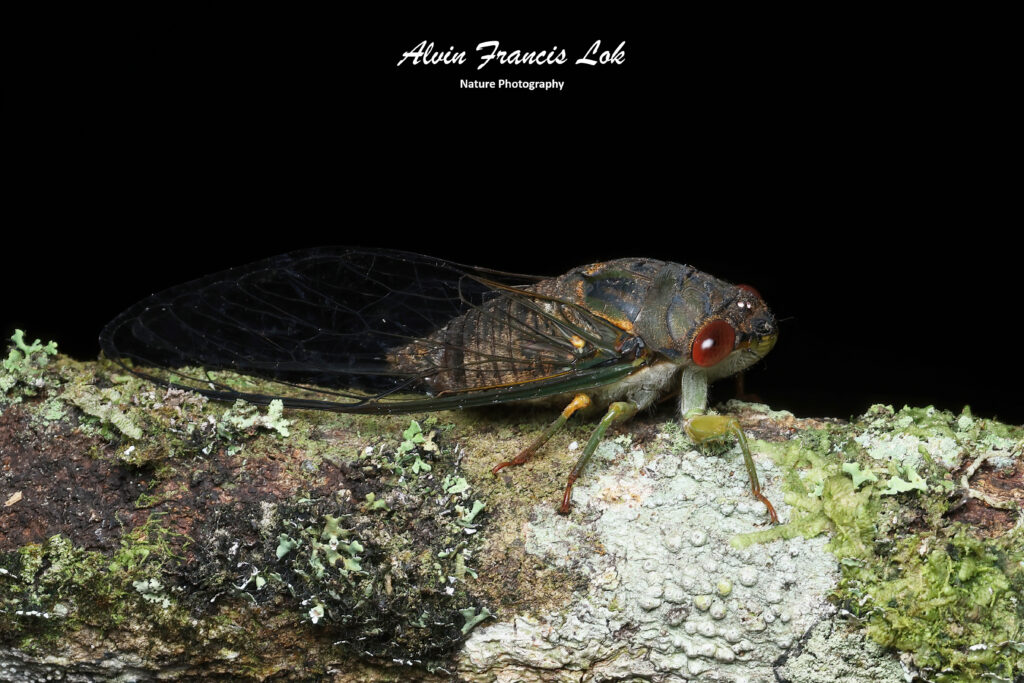
(Pahang, Malaysia)

(Sabah, Malaysia)
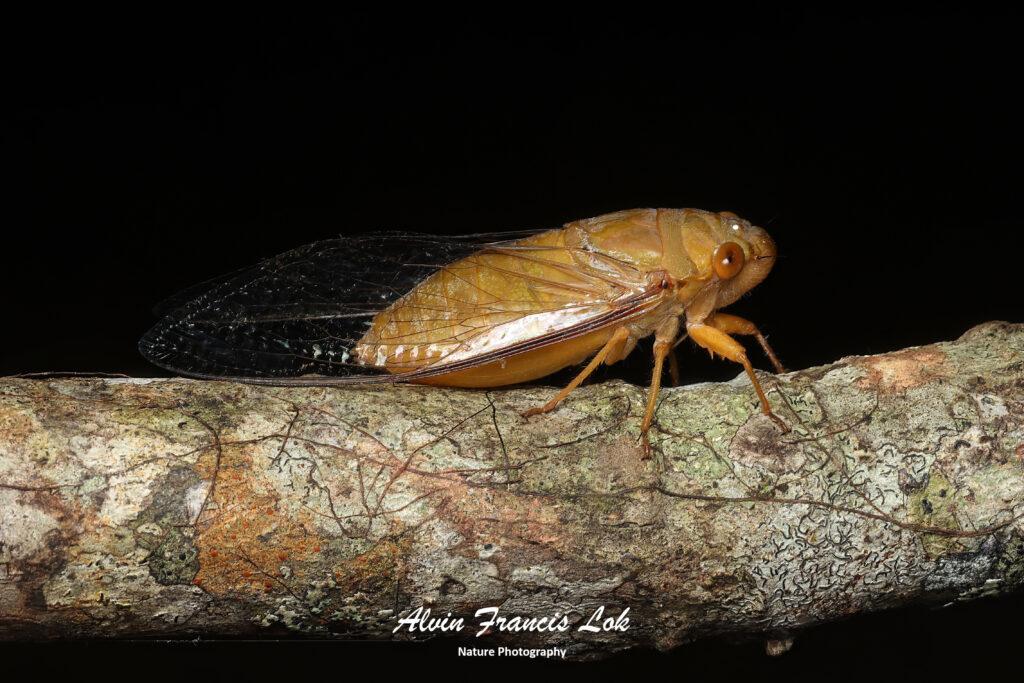
(Sabah, Malaysia)

(Sabah, Malaysia)
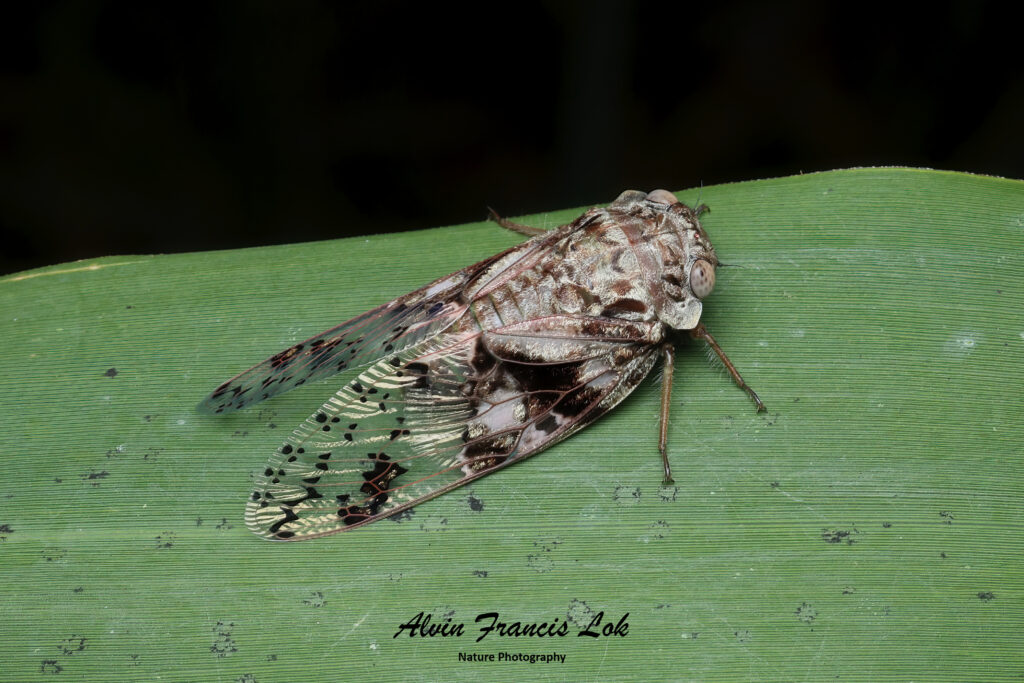
(Pahang, Malaysia)
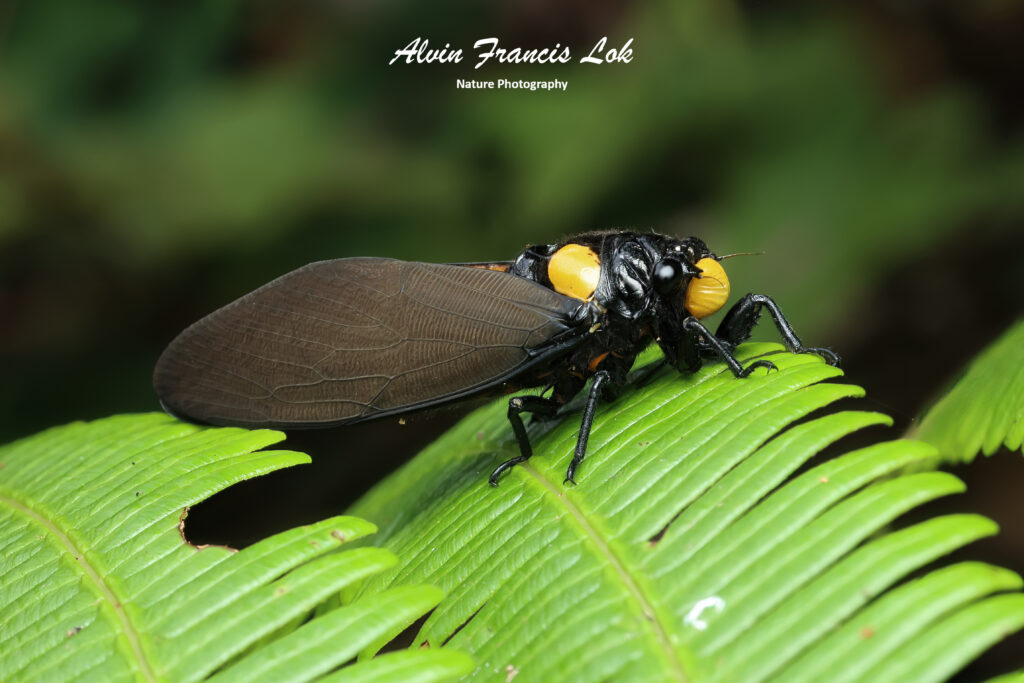
(Pahang, Malaysia)

(Sabah, Malaysia)

(Pahang, Malaysia)
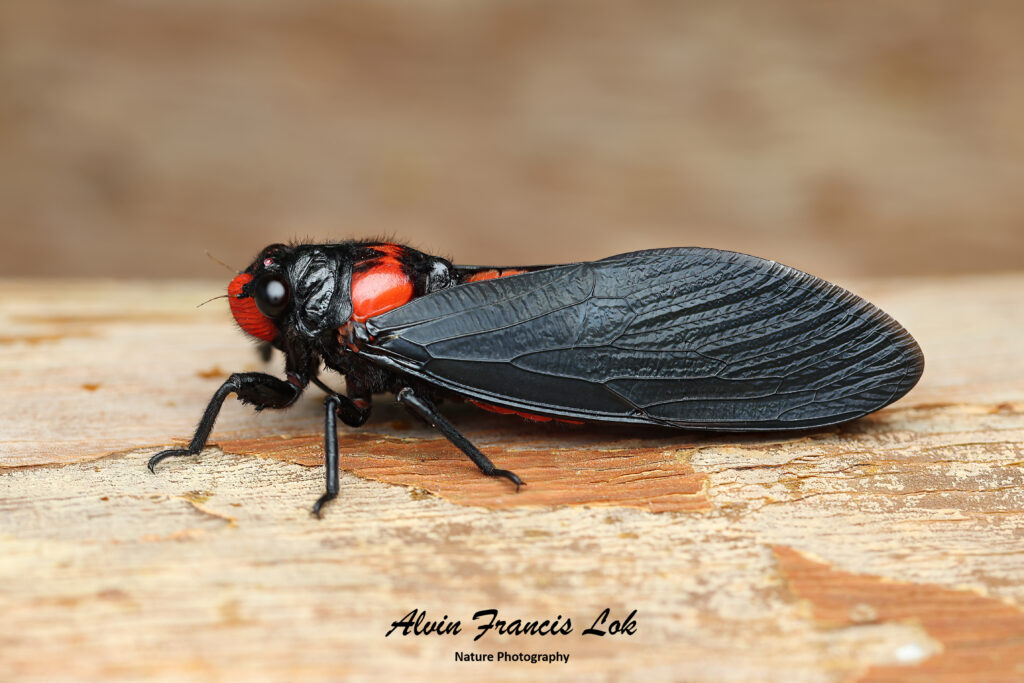
(Singapore)
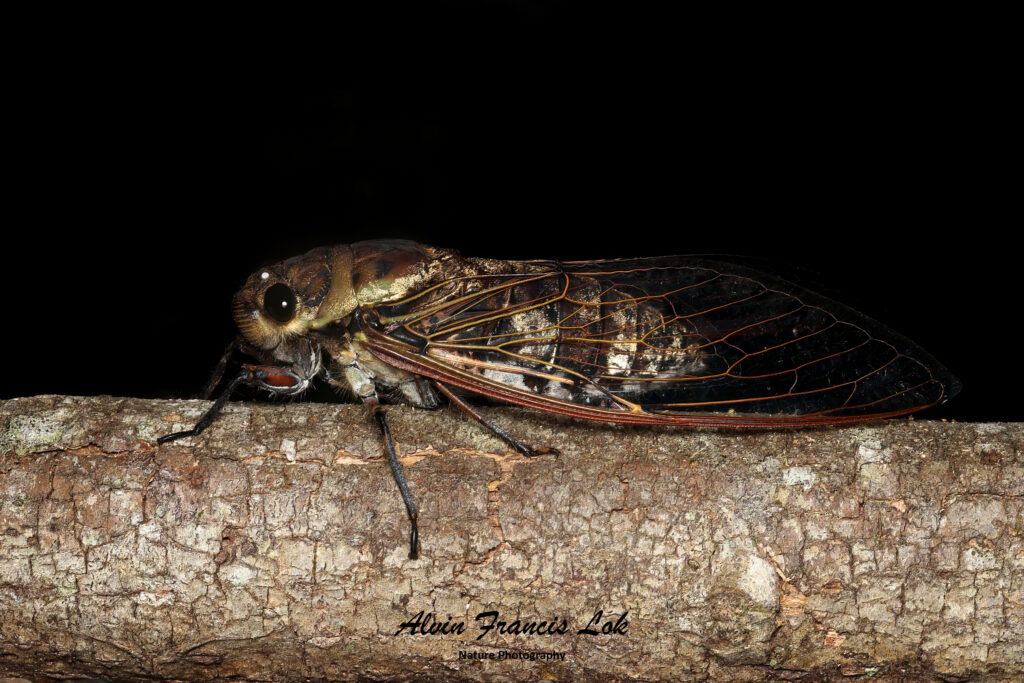
(Sabah, Malaysia)
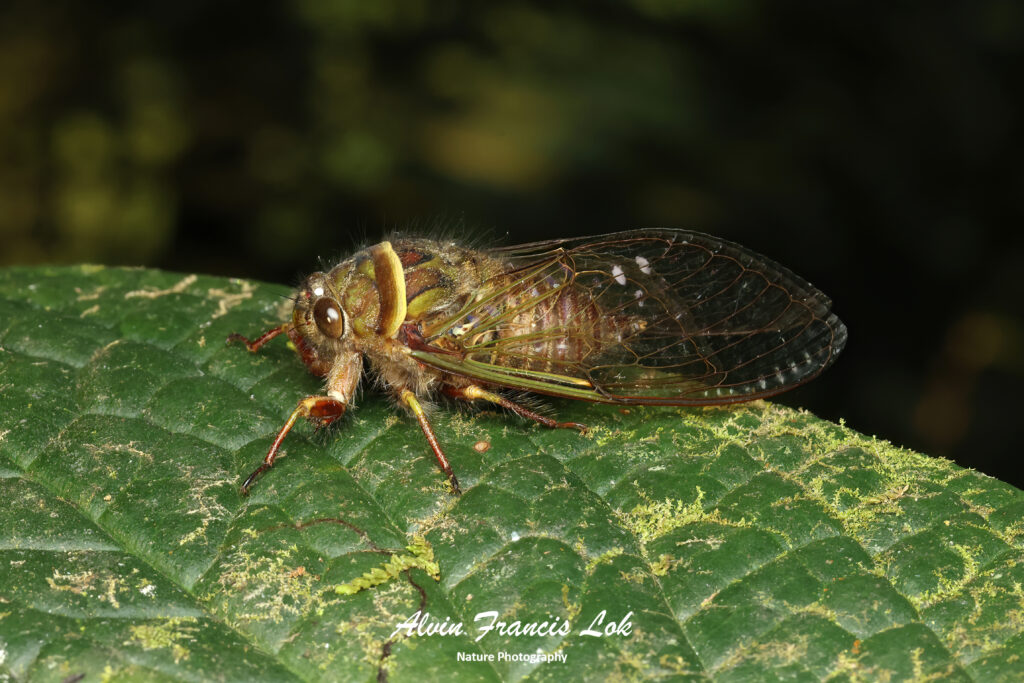
(Tandayapa, Ecuador)
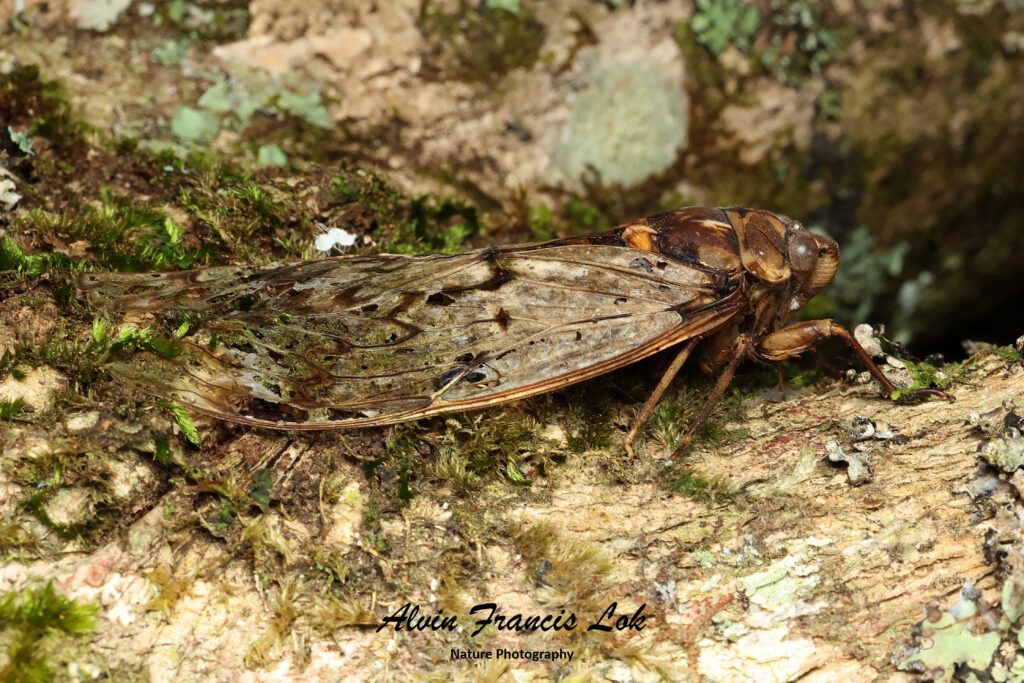
(Doi Inthanon NP, Thailand)
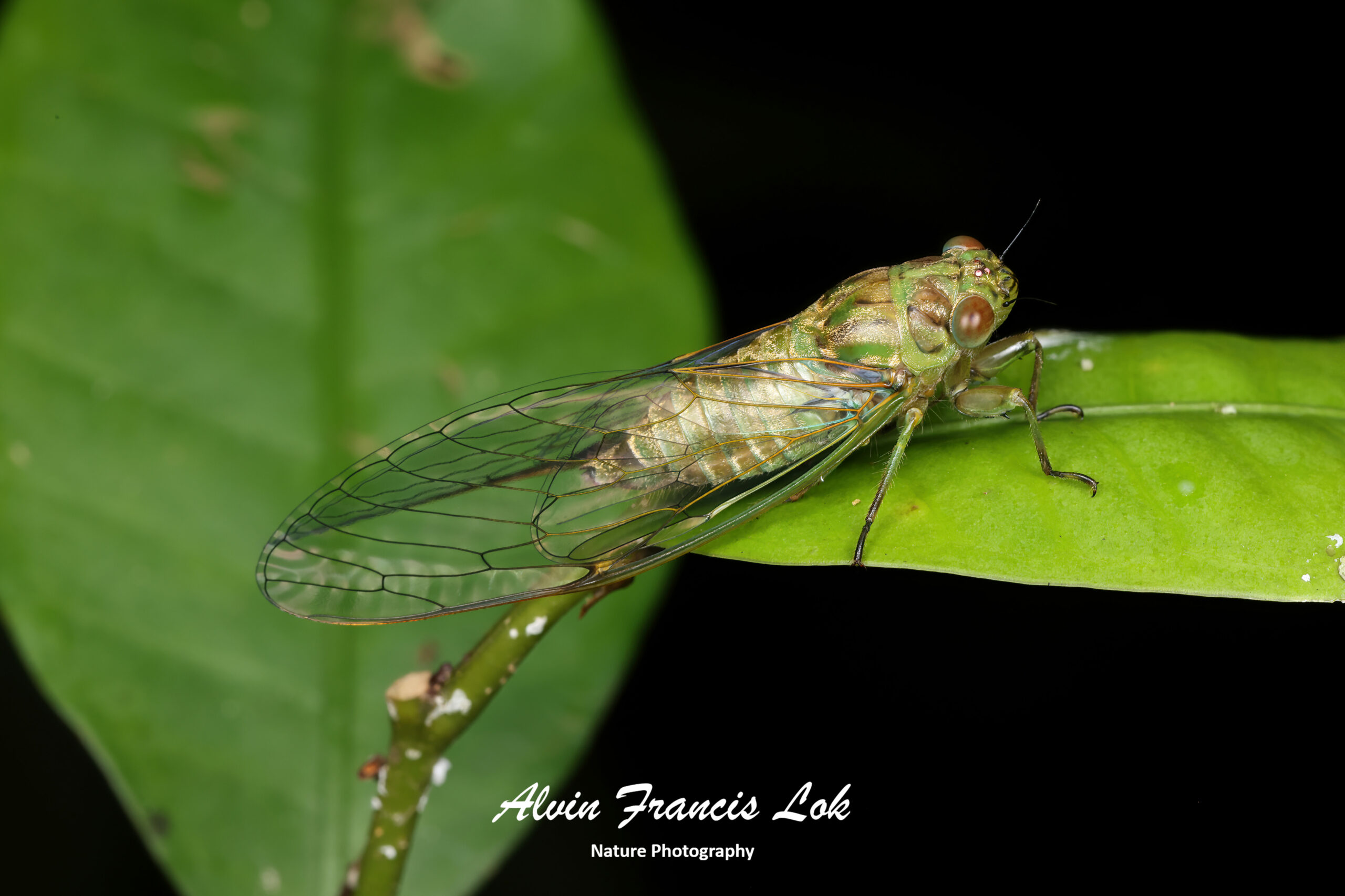
(Sabah Malaysia)
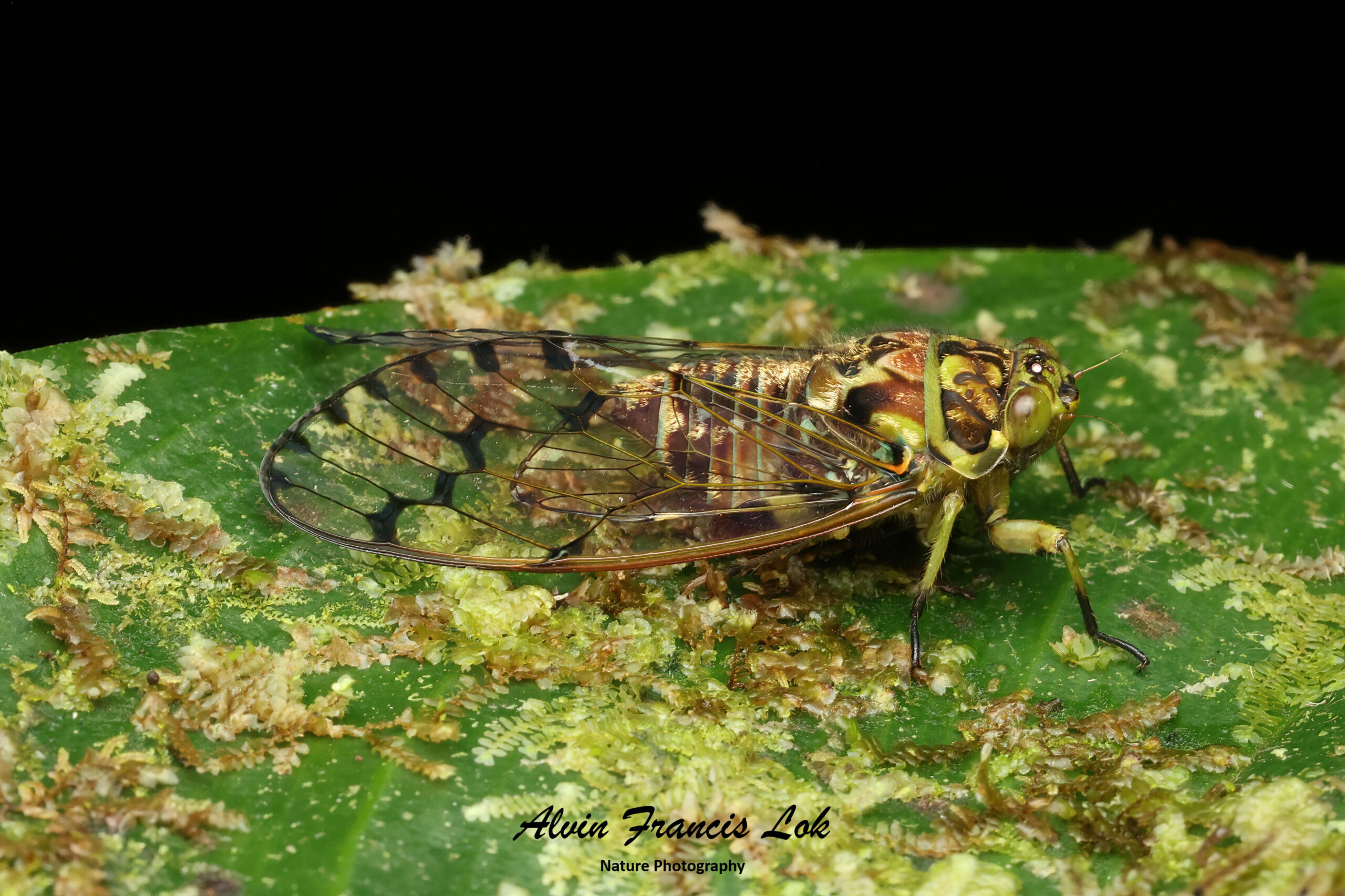
(Milpe, Ecuador)

(Singapore)
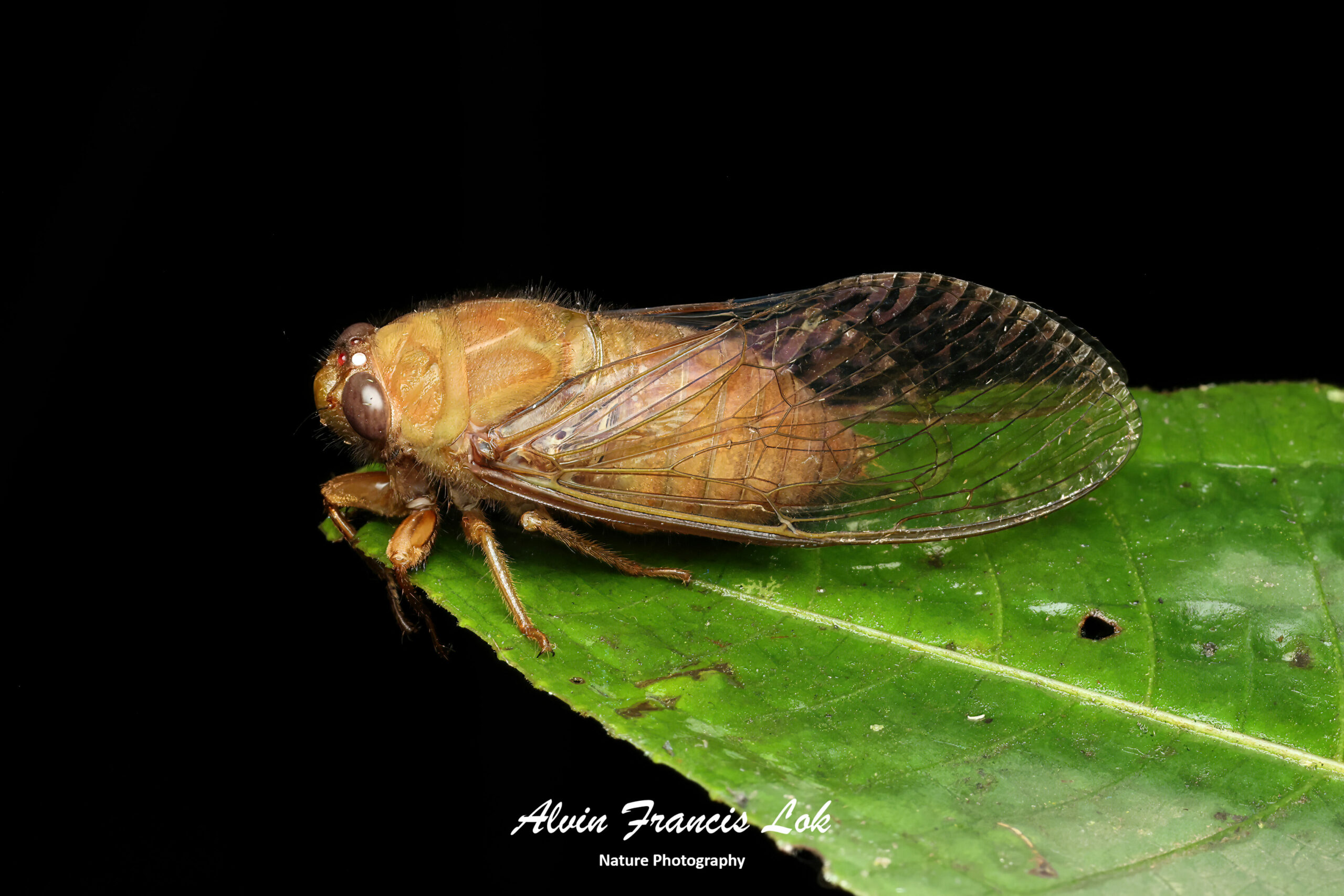
(Sumaco, Ecuador)
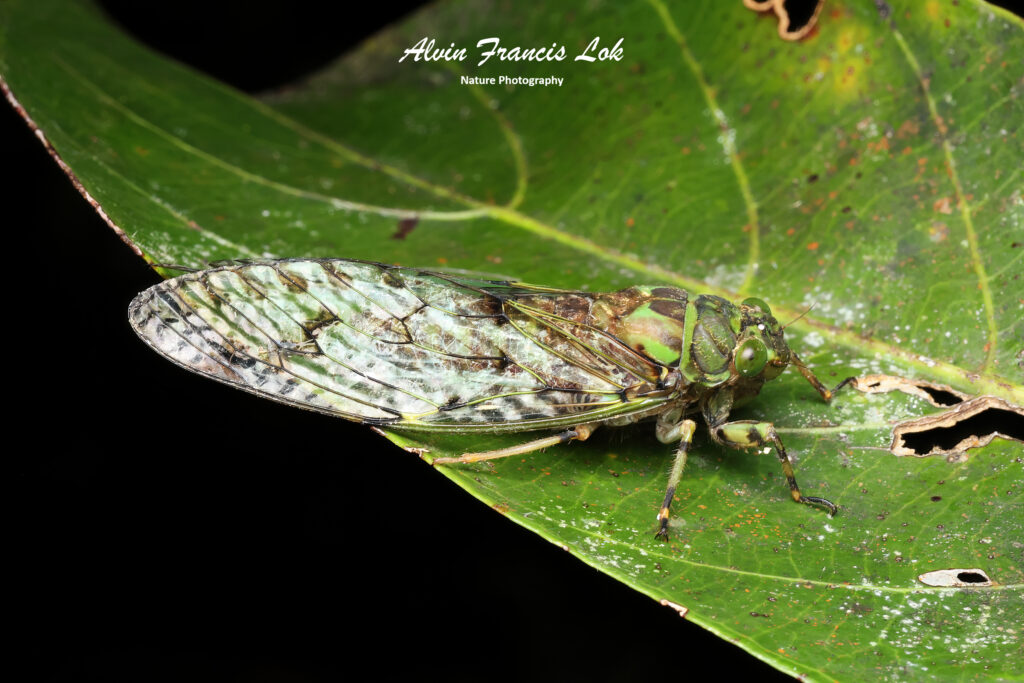
(Sabah, Malaysia)
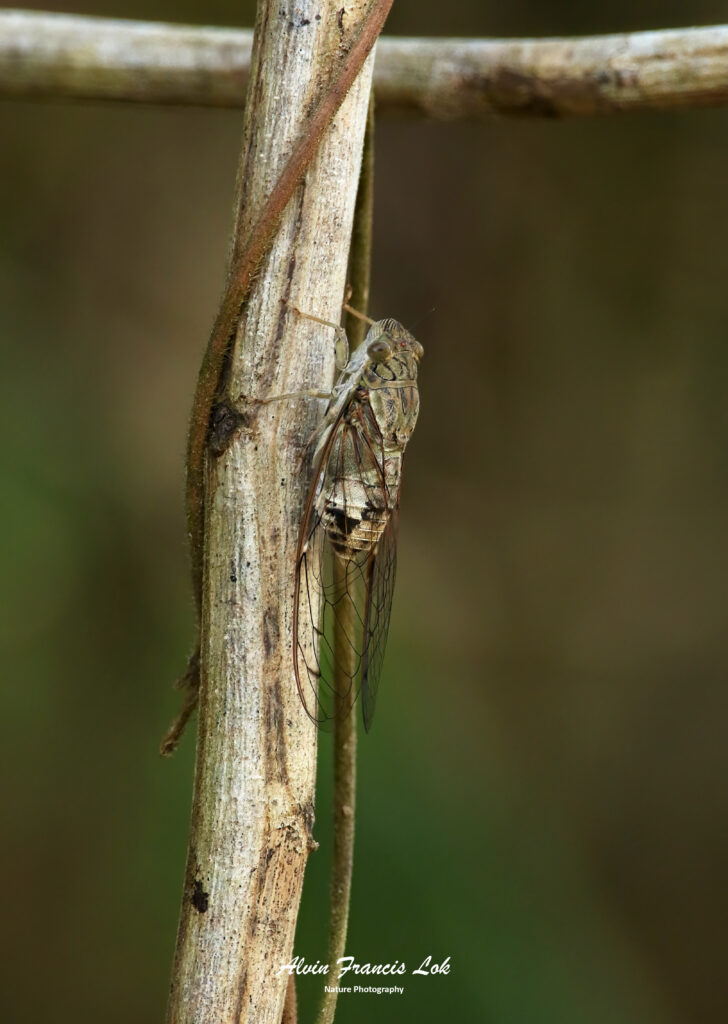
(Kraeng Kachan NP, Thailand)

(Khao Yai NP, Thailand)
Sequence of emergence from nymph to adult
